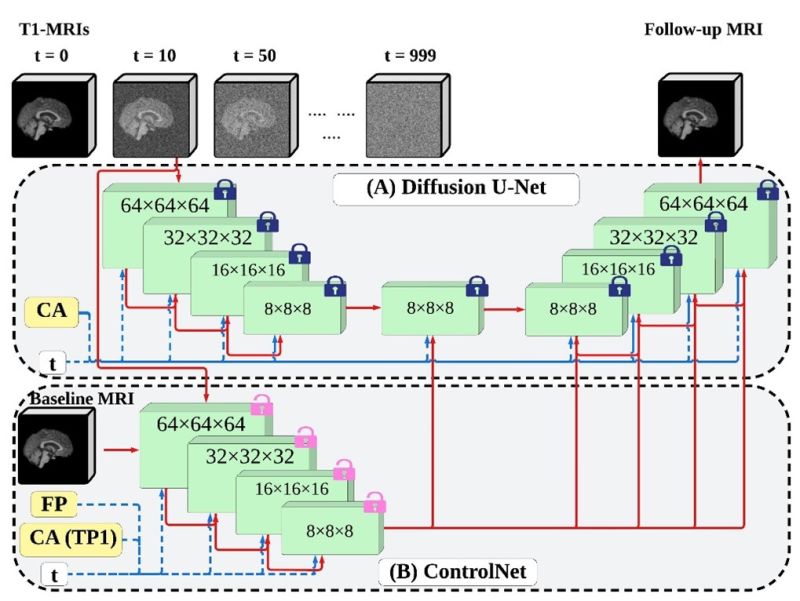The research team has applied for a patent on the technique and plans to seek out industrial partners to license the approach in hopes of improving the competitiveness of commercial carbon fiber composites, which are already used extensively in applications such as automobiles, aerospace and energy. They see potential for the reinforcing technique to open new applications for the use of carbon fiber, such as civil infrastructure or defense and security.
A key limiting factor to broader carbon fiber deployment is cost. By improving fiber adhesion, manufacturers can use less of the material and even use shorter carbon fibers, known as discontinuous fibers, that might otherwise have been discarded.
To ensure the new technique is as impactful and flexible as possible, the team wanted to deeply understand the forces at play at the most fundamental levels. They first turned to ORNL’s Center for Nanophase Materials Sciences, a DOE Office of Science user facility, and its vast array of characterization and imaging tools. These tools allowed the researchers to see what was happening at the sub-micron level. They also used techniques such as X-ray scattering and nuclear magnetic resonance (NMR) imaging to understand how the fibers and matrix interact. Finally, they accessed the Frontier supercomputer at the Oak Ridge Leadership Computing Facility, a DOE Office of Science user facility, to fully model and simulate how the fibers form and interact with the matrix.
“The characterization and computational science really required the resources of a place like ORNL,” Gupta said. “By accessing expertise and capabilities from across the lab, we gained a deeper understanding of this technique, along with the ability to improve it and make it more flexible for industry to use in multiple applications.”
The research team plans to continue refining the electrospinning technique to provide greater control and better results while exploring potential applications for other fiber-reinforced composites. Ongoing research is looking into integrating the new technique with prior research on developing self-sensing composites that can monitor their own health through embedded particles of semiconducting or piezoelectric materials.
The research was sponsored by the DOE Office of Energy Efficiency and Renewable Energy’s Vehicle Technologies Office and Wind Energy Technologies Office, as well as the DOE Office of Science.
UT-Battelle manages ORNL for DOE’s Office of Science. The single largest supporter of basic research in the physical sciences in the United States, the Office of Science is working to address some of the most pressing challenges of our time. For more information, please visit energy.gov/science. — Greg Cunningham


